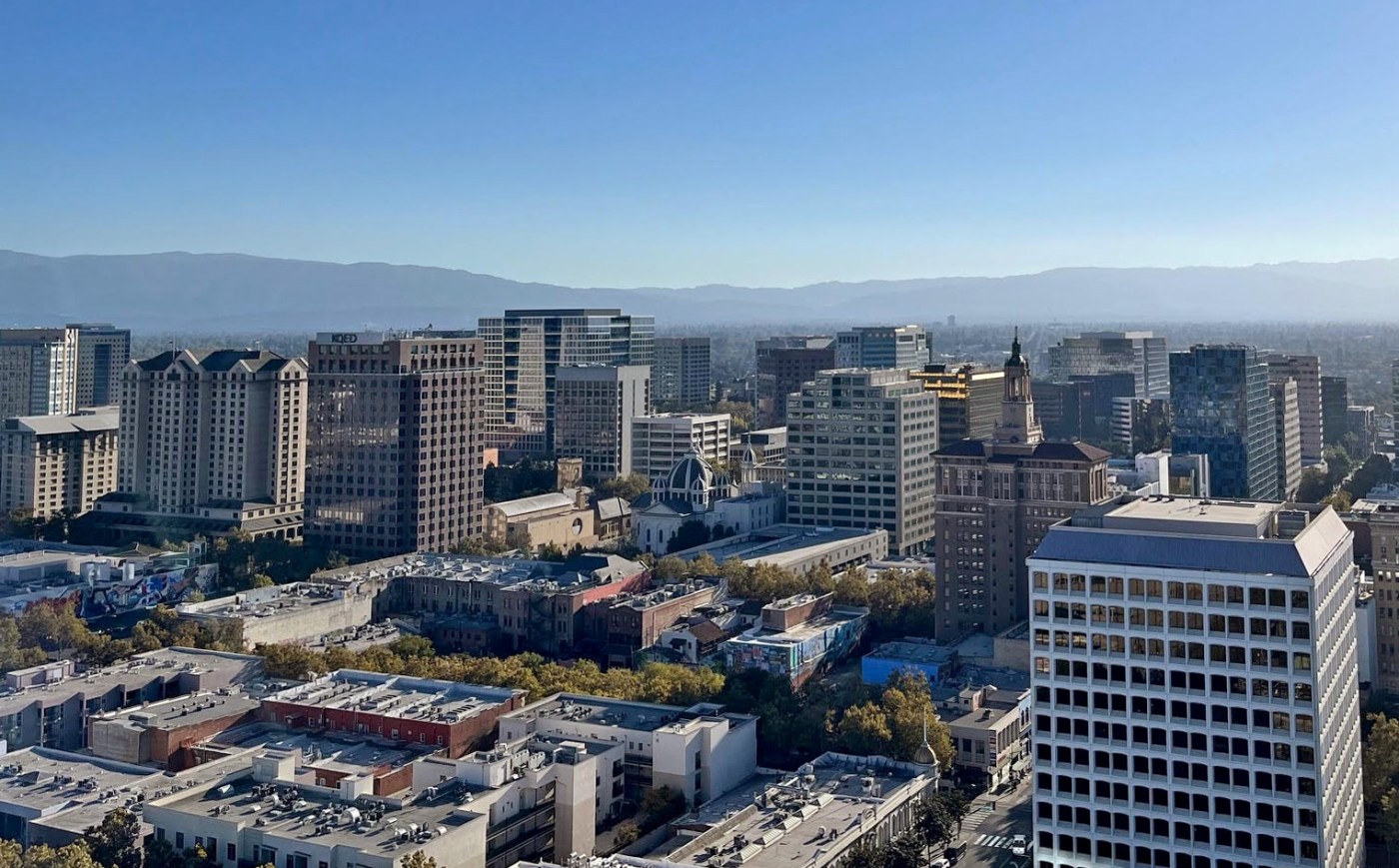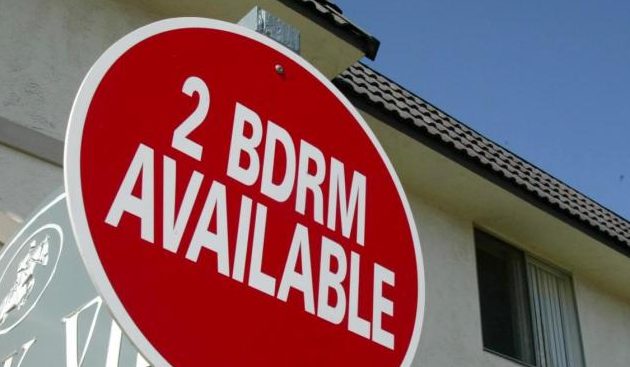
San Jose approves incentive plan to lure office tenants back downtown
San Jose city leaders have signed off on a plan to attract new businesses downtown — including a two-year business tax exemption — hoping that the short-term benefits offered will lead to long-term growth and vibrancy.
The leasing incentive program, which will go into effect on Jan. 1, includes a temporary business tax exemption for new owner-operators and tenants that lease at least 2,500 square feet of office space for a minimum of four years. The program also includes two free parking spots per 1,000 square feet for the first two years, bringing the potential savings for large businesses up to hundreds of thousands of dollars.
While the incentives mean San Jose will lose out on new downtown taxes and parking revenue that could eclipse to nearly $1 million a year, city officials believe the economic benefits from more workers in the area and locking in businesses over the long haul are worth the trade-off.
“Having a bustling downtown during the week is key to supporting our local shops and restaurants and personal life and if we have daytime foot traffic, the small businesses will come,” said District 3 Councilmember Omar Torres at Tuesday’s City Council meeting where the program was unanimously approved. “The companies are bringing back their employees to the office and now is a perfect time to bring more office tenants into our downtown. This incentive will help long-established businesses stay but also thrive during the weekday, not just in the evenings or weekends.”
Downtown San Jose’s night and weekend foot traffic has experienced a renaissance over the past two years — recovering to pre-pandemic levels and marking the eighth largest rebound in the nation — according to a University of Toronto Study that tracked activity using cell phone data.
City and business leaders attributed a large part of that to the experience economy San Jose has built, including robust arts and culture offerings that contributed $292 million in economic activity, according to the most recent Arts & Economic Prosperity study.
But while downtown bustles when the sun goes down, daytime activity continues to stall as office vacancies remain well above pre-pandemic levels.
According to data from real estate firm CoStar, vacancies in downtown San Jose exceeded 31% through the second quarter of this year, up from 12% in 2019. Return-to-office protocols and the new paradigm caused by COVID-19 have forced businesses to adjust their office needs — either by shrinking footprints or seeking higher quality, amenity-rich spaces — prompting the need for incentives to stabilize the downtown market.
“For a lot of businesses, it doesn’t pencil financially, so they’re not renewing their leases,” San Jose Downtown Association CEO Alex Stettinski said in an interview with The Mercury News. “We have a vacancy rate that is substantial, so we have to creatively find ways to push businesses over the edge with financial incentives.”
San Jose has taken a “portfolio approach” to spur economic growth downtown, which city officials have designs on turning into a live, work and play destination.
Earlier this year, the city extended its Downtown High Rise program, temporarily waiving construction taxes and some building fees to help facilitate housing production as development costs soared by at least 30% over the past few years. The increase in builders’ costs has slowed the production of 4,078 apartments downtown despite the city approving plans for 14 towers.
San Jose also budgeted $650,000 for its Storefront Grants Program and committed greater resources for beautification and addressing homelessness issues downtown, knowing that no one solution would solve its woes.
“The biggest thing we can do to enhance office leasing is actually to enhance and improve the urban experience for everyone, whether that’s office workers, residents and visitors,” downtown manager Nathan Donato-Weinstein said. “A big part of what businesses tell us is to make it cleaner, safer, more fun, and thanks to you all and our private partners, San Jose is making some really good progress here with investments from the city and private sector.”
With another economic tool at its disposal, the city said the incentive program is designed to be flexible to aid businesses of all sizes. The Office of Economic Development and Cultural Affairs estimated that a small 6,500-square-foot tenant that utilized 13 parking permits stood to save $3,600 in business taxes and $31,200 in parking fees. A large tenant utilizing a 100,000-square-foot space and 200 parking permits could save $81,300 in taxes and $480,000 in parking costs over the lease term.
Along with the cost savings, Mayor Matt Mahan said bringing businesses back downtown would improve the experience for their employees by reducing their work commutes and providing access to all of the amenities at their fingertips.
San Jose has also capped the free parking for new businesses at 500 spaces, meaning that if they utilize all of the spots, the city will miss out on $1.2 million in revenue. The four parking garages included in the program, however, sat at 40% occupancy last year, and transportation staff said they did not expect a significant increase in usage without the program.
Even with a loss of potential parking revenue, Mahan said he expected incentives to spur growth, including more traffic during the daytime hours and an increase in taxes and fees once the program sunsets.
Related Articles
Letters: S.J. Council | Student debt | Vote Democrat | On the ballot | Hurting cause
PG&E decision on new energy project will hurt Coyote Valley wildlife
Landlords, tenants concerned about impacts of new San Jose seismic retrofit mandate
Save the neighborhood or build for the future? San Jose approves historic designation despite conflicting resident views
Rematch for San Jose’s District 10 City Council seat becomes more contentious
A study from the International Council of Shopping Centers found that the average office worker spends $195 per week on goods and services. A conservative estimate of the impact of increased leasing activity showed a potential increase of $17 million in downtown spending.
“We fought through COVID and opened Cash Only in the midst of it and it made it very clear that without people in downtown, our businesses suffer,” said Tomoyo Yoshinaga, owner of Cash Only, a downtown bar. “It’s important that you continue to find ways to motivate businesses to come downtown, so that we can justify reinvesting into the downtown even further.”


